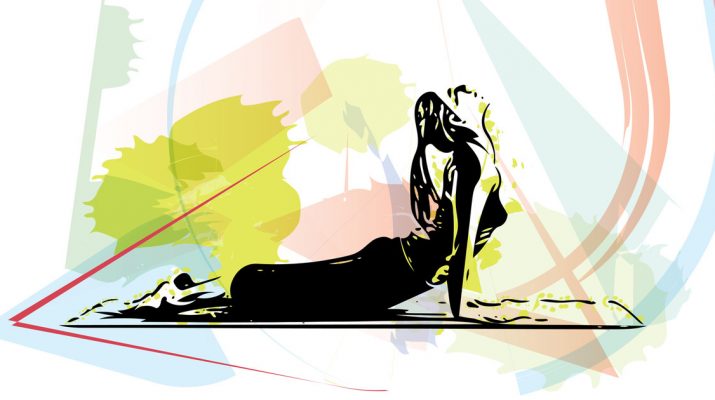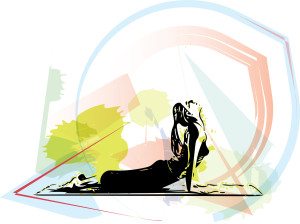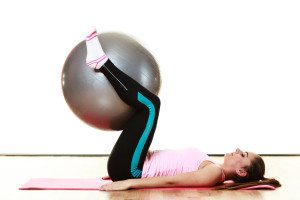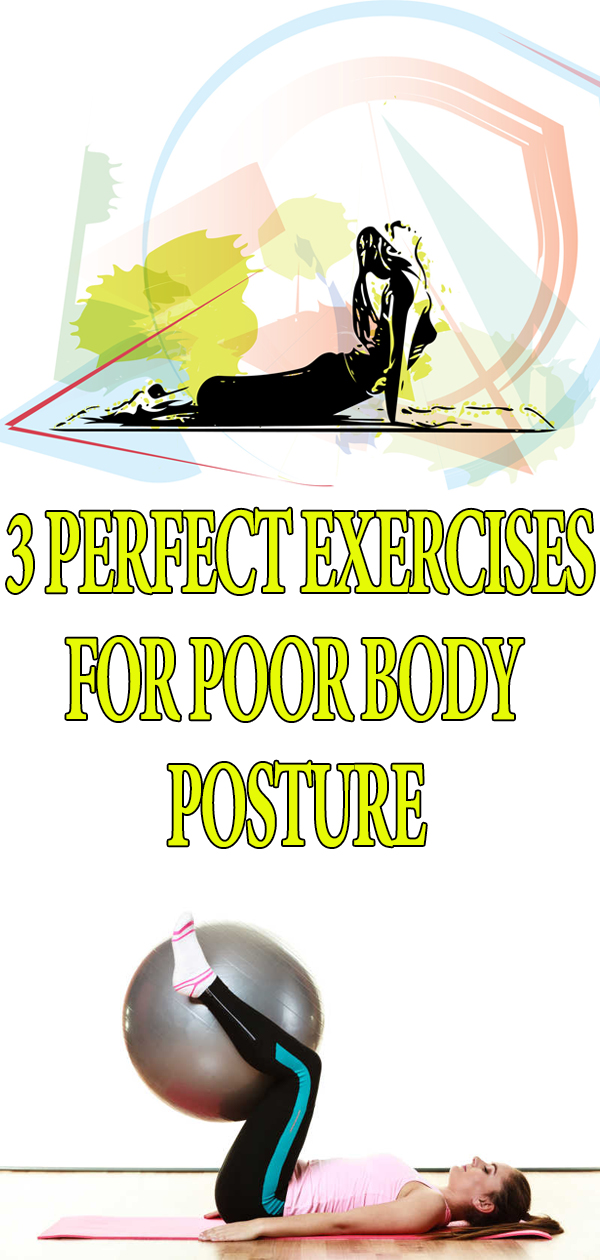With the majority of Americans working sales and office jobs today, according to reports, that means a lot of time spent hunched over the computer, which puts immense strain on the spine and back.
Working and living in highly overstimulating environments puts an equal or greater amount of stress on our minds as well, as we try to process all the sounds and sights before us. This diminishes our energy levels, which might explain why so many people have bad posture today.
Having good posture actually takes energy, and many people have so many other things on their minds that maintaining a healthy posture doesn’t exactly top their list of priorities.
However, having poor body posture can wreak havoc on all areas of the body, even restricting air and blood flow and causing impairments to the nerves that send signals between our brains and bodies.
Hunching over a computer at work puts a lot of strain on the neck as well because it must hold up the weight of your head as its tilted downward toward the computer. Having poor posture can decrease flexibility as well, as the muscles become tight and tense.
If you want to correct bad posture, increase flexibility, and just feel better overall, you can actually perform some simple, yet effective exercises either in your office or at home to obtain good posture. According to yoga teacher Willow Ryan, clients leave her yoga classes with less tension in their necks, better posture, more energy when speaking, and can inhale more deeply due to these exercises.
Here Are 3 Exercises You Can Do To Reverse Poor Body Posture:
1. Cobra Pose
First, you’ll want to lay down flat on your belly, with your palms facing down, torso upright, and elbows bent in line with your shoulders. Next, breathe in deeply and envision your front ribcage opening up, releasing tension in your back and improving your posture. Breathe out, then take another deep breath, lift your chest and torso up as much as possible, and make sure your elbows come off the ground at least 3 inches.
Exhale and contract your glute muscles, which will help lengthen your lower back. Inhale once again and release any more tension you may feel, and pull your chest even more forward, which will increase flexibility in your sternum. You should also feel your abdominal muscles widening and lengthening, which will allow you to draw deeper breaths into your diaphragm as a result.
Keep your head in an upright position as well; you should feel a nice stretch in your neck by doing this. Don’t lean your head forward, backward, or twist it in any way. This could lead to a pinched nerve in the neck, which makes bettering your posture a bit difficult. Try to hold this posture for at least 5 breaths, and eventually work your way up to 10.
2. Bruegger’S Exercise
This is a very simple exercise to do, and can be performed while standing. Start with your elbows bent at ninety degrees by your sides, and put your forearms forward with your palms up and your hands open.
Synchronize your breathing with the subtle movements of your body, and when you inhale, breathe deeply into your mid back, pressing the shoulder blades down. When you exhale, relax your arms, but keep your elbows tucked near your ribs. Upon inhaling again, bring your forearms back to the starting position, and squeeze your shoulder blades together.
Repeat this exercise 5 times.
3. Physioball Stretches
All you will need for this exercise is a physioball, which you might also know as an exercise or stability ball. Start with your feet squarely on the floor with your knees bent. You can place your hands on your hips or at your sides until you feel balanced, and then reach your arms all the way back to the other side of the stability ball. It should look sort of like a backbend, only across the stability ball. Breathe all the way down into your belly and pubic bone, releasing any tension you may feel.
Notice your chest muscles, neck, head and spine stretching during this exercise, as the stability ball helps to increase flexibility and stretch out any tight or tense muscles in the body.




